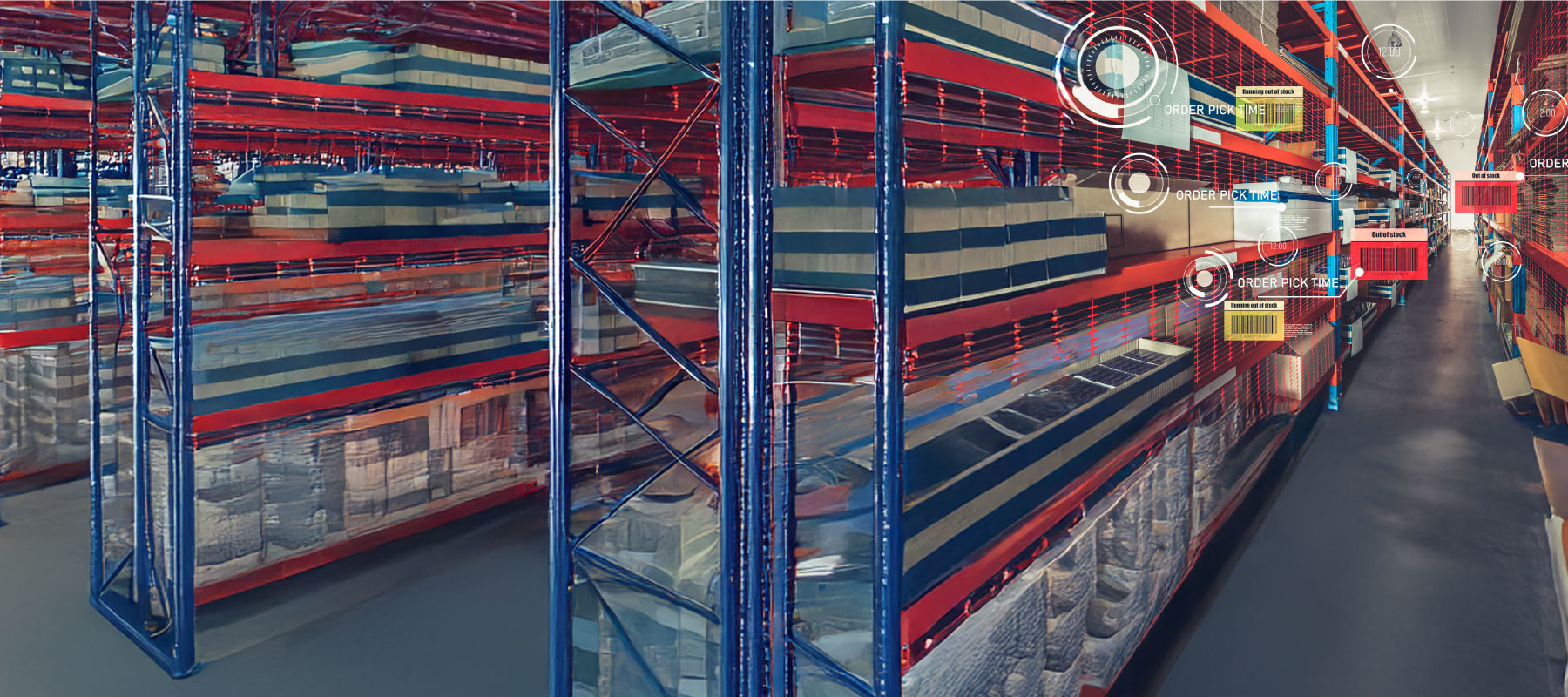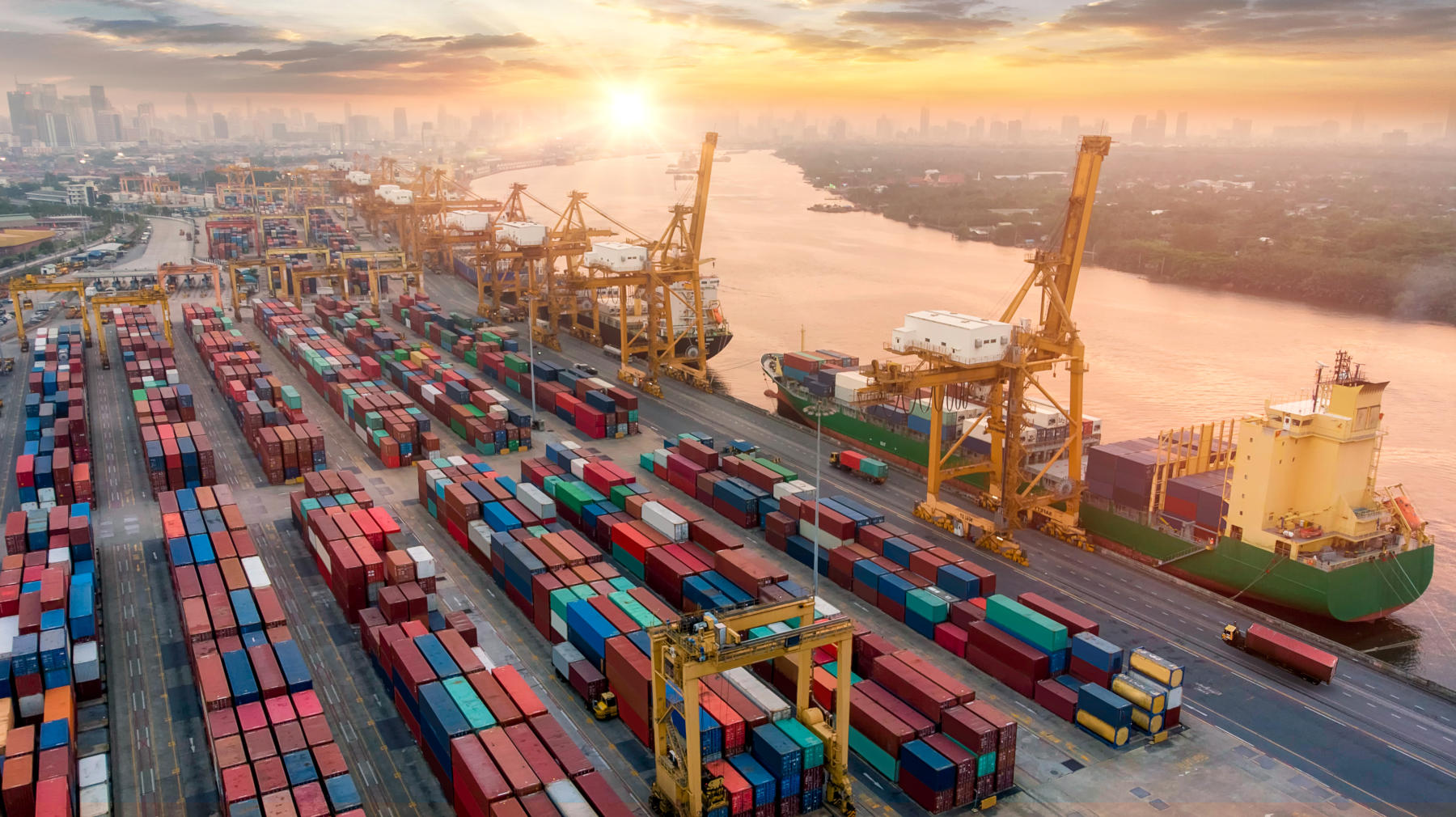
Global value chains under threat
Global value chains are the backbone of the world economy. In 2013, trade in intermediate goods and services totaled nearly $20 trillion, accounting for 60% of global trade and almost 30% of world GDP [1]. The internationalization of production systems has allowed for better quality products, more customer choice and higher efficiencies.
Yet challenges remain. Increased fragmentation and geographical dispersion have made global value chains ever more complex and more interdependent, and, in turn, more vulnerable. Compounding these challenges is an increasingly volatile business landscape. Risks from natural disasters, terrorism, geopolitical tensions, political unrest, commodity price fluctuations and general economic uncertainty have become a permanent fixture in news headlines and company board meetings alike. There is mounting evidence that the frequency and severity of individual disruptions is growing. In addition, thanks to the overpowering trends of globalization, automation and ubiquitous interdependence, risks are increasingly systemic in nature. What affects one component can spread quickly to disrupt entire systems, not only localized parts.
A case in point was the 2011 Japan disaster when an earthquake, ensuing tsunami and nuclear crisis caused severe supply chain disruptions across a range of industries. To maintain continuity of the supply of components, Philips, for example, set up a special crisis management team led by Franck Dingen, a Supply Chain Vice President. “Our key challenge was to predict the full effect of the disaster on our operations with very limited visibility of the products impacted, and the suppliers which were in trouble,” said Dingen.
Supply chain disruptions have proven to be costly. A 2013 study by the World Economic Forum reported that on average, supply chain disruptions can reduce shareholder value by up to 7% [1].
Supply chain resilience to the rescue
To navigate new challenges, executives are looking to build resilience into their supply chains. Resilient supply chains are adept at preparing, responding to and recovering from unexpected disruptions by maintaining the continuity of operations. As such, the concept of resilience incorporates a suite of other traits such as agility, robustness and flexibility, and a handful of management practices such as risk management, business continuity and emergency planning.
What are the characteristics of resilient supply chains?
As a nascent field in management theory, the topic of supply chain resilience has attracted much interest. A report by the advisory firm Deloitte says the key characteristics of resilient supply chains are visibility, flexibility, collaboration and control [3]. Visibility relates to the ability to monitor supply chain events as they occur or even before they occur. Flexibility refers to the capability to adapt quickly; collaboration is in the context of external partners and control focuses on the robustness of policies and monitoring mechanisms. Similarly, the WEF report emphasizes visibility as a core differentiator of resilient supply chains.
Researchers have identified three ways of developing resilience: increasing redundancy; building flexibility by, for example, applying concurrent instead of sequential processes; and changing the corporate culture. At the same time it is assumed that supply chain resilience is not absolute, but rather a balancing act which is determined at the intersection between supply chain vulnerabilities and supply chain capabilities[4] If the vulnerabilities faced by the firm are not sufficiently matched by capabilities, then the firm is exposed to risks. On the flip side, investing in capabilities that are not required might erode profits.
Measuring supply chain resilience
Hard measures of supply chain resilience are difficult to come by, partly because of the elusiveness of the concept. As supply chain resilience is strictly context-specific and highly dependent on industry and firm characteristics, an index approach provides the best, if not only, viable way of measuring it. Cisco, for example, has developed its own Resiliency Index, which is composed of four elements: resiliency of products, suppliers, manufacturing processes and test equipment, the latter being a key control point given Cisco’s globally outsourced supply chain[5]. Each of these elements is measured by a set of separate criteria. At the component level, for instance, the criteria include a number of alternative sources, component suppliers’ recovery time and end-of-life plans and processes.
Achieving resilience through an integrated value chain approach
In extracting qualitative data through interviewing 20 companies, supply chain professionals from each and every company unanimously showed that supply chain resilience, and the levers to achieving it, are not well understood.
Based on their feedback, we identify three questions to help guide decisions in this area:
- What does supply chain resilience mean in our industry and how can we quantify it?
- How much is supply chain resilience worth to us, or do our investments align with our risk exposure?
- How can we best allocate our investment across the different supply chain resilience levers?
Figure 1 summarizes key levers for building resilient value chains using the example of a pharmaceutical company.
Figure 1: Levers for Value Chain Resilience for a Pharmaceutical Company

For the purposes of this analysis, we present the value chain in five steps: sourcing of raw materials, manufacturing, outbound logistics, channels and demand management. At each stage we identify key levers which can be used for achieving resilience, such as dual sourcing practices for critical inputs, reserved production capacity, maintaining safety stocks in both outbound logistics and in the channel, and improving demand forecasting accuracy. Few companies would use all available levers because of the lack of necessary capabilities or because the cost involved is too high.
Developing a comprehensive strategy for supply chain resilience can start by mapping the portfolio of levers available. Next, supply chain professionals should classify these levers: in our example, levers which were being actively managed were shown in green, while levers which were not yet under control were colored in red. Finally, one must consider the tradeoffs and identify areas which can be managed jointly. In our example, a red arrow signifies an opportunity to jointly optimize across two levers, which has not yet been tackled. If two levers were already being managed jointly, such a relationship could be shown by a green arrow.
Resilience can only be achieved by taking an integrated approach that is designed to flexibly realize opportunities across the entire value chain of activities. By putting time and investment upfront into supply chain resilience, companies will alleviate risk and make for a more secure and profitable future.
Ralf W. Seifert is Professor of Operations Management at IMD, where he directs the DIGITAL SUPPLY CHAIN MANAGEMENT (DSCM) program.
Polina Bochukova works with IMD as a program manager, business coach and associated researcher. Her professional experience includes over 13 years in industry, financial advisory services and management consulting.
[1] World Investment Report 2013 “Global Value Chains: investment and trade for development”, UNCTAD
[2] “Building Resilience in Supply Chains”, World Economic Forum, January 2013
[3] “Resilience and growth through supply chain collaboration” Deloitte & Touche, 2013
[4] Pettit, J., Croxton K. and Fiksel J. “Ensuring Supply Chain Resilience: Development and Implementation of an Assessment Tool” Journal of Business Logistics, 2013, 34(1): 46–76
[5] “De-Risking the Supply Chain: Cisco’s Risk Intelligence and Analytic Tools”, U.S. Resilience Project publication
Research Information & Knowledge Hub for additional information on IMD publications

GenAI is becoming a more common feature of the supply chain function, but significant areas of opportunity remain, suggests IMD's Carlos Cordon.

Manufacturers must adopt a unified strategy across different divisions if they are to extract the full value of Industry 4.0.
The supply chain risk management literature differentiates between disruption risk that arises from supply disruptions to normal activities and recurrent risk that arises from problems in coordinating supply and demand in the absence of disruption...
Supply chain management experts Ralf Seifert and Richard Markoff pose the question: is fulfilment still an FMCG core competency?

The deadly blasts from tampered devices in Lebanon highlight the fragility of supply chains, making it clear that better security measures are urgently needed.
As society moves further into the digital age, emerging technologies bring unprecedented opportunities for economic growth, operational efficiency and societal advances. Emerging technologies such as artificial intelligence (AI), quantum computing...

Companies need a new, holistic approach to sustainability if they are to head off criticism and accusations of greenwashing.

The mining sector's ability to produce the raw materials required for climate change mitigation will have significant supply chain implications, argues IMD's Carlos Cordon.

Demand Planning Key Performance Indicators (KPIs) are frequently criticized for being too complex or irrelevant. However, an emerging approach is gaining popularity: evaluating the effectiveness of the planning process itself, rather than just the...

Turbulent times can leave businesses scrambling for measures to help them bounce back after disruption. But these actions may in fact increase overall supply chain fragility.
Research Information & Knowledge Hub for additional information on IMD publications
Research Information & Knowledge Hub for additional information on IMD publications
in Production and Operations Management 16 November 2024, ePub before print, https://doi.org/10.1177/10591478241302735
Research Information & Knowledge Hub for additional information on IMD publications
Research Information & Knowledge Hub for additional information on IMD publications
Research Information & Knowledge Hub for additional information on IMD publications
Research Information & Knowledge Hub for additional information on IMD publications
Research Information & Knowledge Hub for additional information on IMD publications
Research Information & Knowledge Hub for additional information on IMD publications
Research Information & Knowledge Hub for additional information on IMD publications
Research Information & Knowledge Hub for additional information on IMD publications

